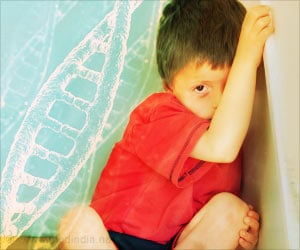
‘When it comes to physical coordination, it works out better with a large group. A new study finds that performance was improving with every extra group member.’
Tweet it Now
The researchers believe the findings can clarify how a group of people can work together, for example, to move and maneuver a large table together. This may also lead to improving the outcomes of physical rehabilitation by training patients in groups.Scientists from Imperial College London, CNRS in France and ATR in Japan previously revealed the haptic communication in pairs in a task similar to partner dancing and showed how performance at a physical task is improved and learned better when practicing with a partner.
The new study extends this finding to trios and quartets by clarifying haptic communication in groups critical to society.
Dr. Atsushi Takagi, the lead author of the study who resides at the Institute of Innovative Research at Tokyo Institute of Technology (Tokyo Tech), said: "We were shocked by how well and fast partners learned to coordinate as a group through touch. Imagine trying to move a banquet table at a crowded wedding venue. With verbal communication, it's immensely challenging to coordinate with others to ensure the table doesn't bump against something, and the more people there are, the longer it takes to reach verbal consensus. With touch, coordination emerges in a matter of seconds, and the time taken to reach consensus is the same, irrespective of group size."
Professor Etienne Burdet of Imperial College, the senior author of this study, added: "We expected that the performance would deteriorate with the noisy force of each additional group member. However, the performance improved with each group member, as each connects to a virtual collective hand which is the average of all partners' hands, so that the noise decreases with the number of partners".
Advertisement
In the new study, the researchers conducted computer simulations of the task to test what information was shared within the group through touch. Takagi believes that a deeper understanding of the coordination mechanism will yield an algorithm for a group of robots to carry out physical tasks together.
Advertisement
Source-Eurekalert









